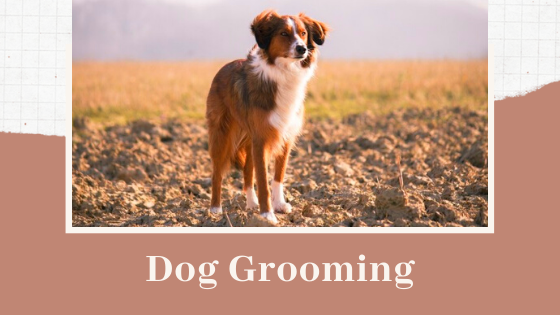
One can’t hope to begin to groom a dog successfully without understanding its basic anatomy. So you thought all it took was a love of canine critters to make them look beautiful – think again. Yes folks it is back to the books. Just as in any profession, dog groomers benefit from upgrading their knowledge on the how’s and why’s of what makes a dog look and move a certain way.
Learning to make a leg appear straight or have better angulation can only be achieved by fully understanding how the dog’s parts work. Lets begin at the top. Each breed will have specific conformation on the head. Ear placement, shape of the eyes and nose, color of coat and bite placement. Knowing that the occiput is where most topknots are blended to and shaped around will make a huge difference in the appearance you are striving for. The stop is the point between the eyes before going up to the dog’s skull, and some breeds require it to be cleaned out while others begin a part in the hair to capture a beautiful long mustache and beard. The muzzle is on the sides of that mustache and should not be confused with the cheek, which is the fleshy part under the eye to the ear and where some breeds require various trims. Know where the ear is supposed to be set on the skull of each breed and you will be able to correct faults through creative grooming.

The throat extends down to the breastbone and is not called a neck. The neck is at the back of the dog and stops at the withers, which are the highest points of the shoulders. The back runs along to the tail, but knowing that along the sides are also a loin and hip that set the movement for the dog is critical. Too much hair taken off or left on can make the difference in a dog who looks high in the rear and can display for the world to notice a faulty tail set.
The correct bend of the stifles, located on the rear legs and what a layman would consider to be knees, will line up beautifully with the stern, but when the dog moves a discerning judge’s eye will detect any faults. Pet grooming Delray Beach professionals can seriously make his job much more difficult by knowing where to groom out hair and where not to; again each breed will have its own set rules. On the front legs the length of bone in the forearm will determine the layback in the shoulders. The elbow should be tucked up neatly under the brisket, and again, grooming can show off these points. The pasterns and paws may bend out or in and be a fault in a particular breed or not, and knowing the difference and when to alter the look by grooming is helpful.


